This is a running shoe specifically designed to reduce injuries. It is a fantastic choice for a daily trainer and for long distance, straight-line road running. Logging injury free miles in comfort and style might be the tag line. The Nike React Infinity Run Flyknit 2 is one of our favorite everyday running shoes, and makes an ideal choice for runners with flat feet or plantar fasciitis.
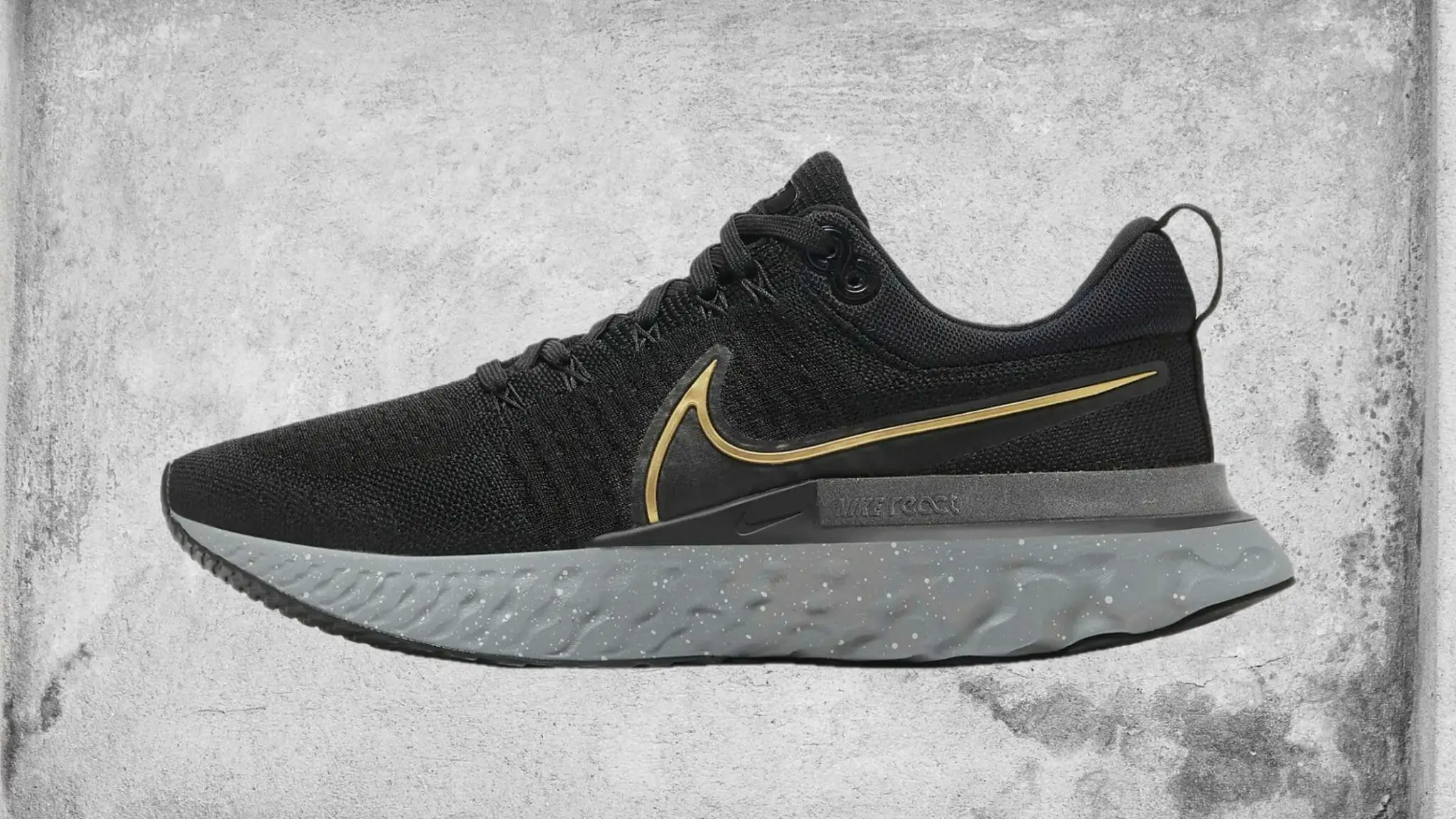
Available for Men
Available for Women
Overview of the Shoe
At ShoeGuide, we decided it was time to put together our thoughts on the Nike React Infinity Run Flyknit 2. This shoe has gotten a massive marketing push from the folks at Nike. The big marketing claim, as championed by Nike, is that
The Nike React Infinity Run reduced running injuries by 52% compared to the Nike Air Zoom Structure 22 in a study of 226 men and women during a 12-week run training programme. Our study found that 30.3% of Nike Air Zoom Structure 22 runners experienced an injury, but only 14.5% of Nike React Infinity Run runners experienced an injury.
First, in our view, the Nike Infinity Run series is set to be Nike's stability running shoe flagship going forward. Although the technology differs substantially from the old Zoom Structure (a series that's now onto the Structure 24), replacing the medial post in the Structure 22 with a new guiderail-like design, the React Infinity Run is somewhat replacing the Structure as Nike's "supportive neutral" running shoe.
Then there's the grandiose marketing claims. It seems like every review and YouTube video of the React Infinity Run Flyknit 2 starts out stating their skepticism of Nike's claims.Well, we're skeptical too. But that's okay! Even if the marketing claims are a bit hard to believe, it is still a GREAT shoe. This is especially true for people who are injury-prone or have conditions such as plantar fasciitis or flat feet. In fact, it was one of our top choices for runners with flat feet and for runners with plantar fasciitis.
So even if we believe that Nike's injury study should be taken with a grain of salt, we do believe the Nike React Infinity Run Flyknit 2 is an excellent running shoe.
New Kick on the Block: The Nike React Infinity Run Flyknit 2 vs Other Nike Models
The React Infinity Run Flyknit 2 is the second model in the Infinity Run series from Nike. It addresses the biggest issues runners found in the initial Infinity Run model. The other shoe we compare this to is the Epic React. There's also the fact that Nike itself used the Structure 22 as the basis for some of its marketing claims.
The reasons for the comparisons to these models is simple: the React Infinity Run series shares the React midsole technology with the Epic React and we can think of it as a cushier, softer, more comfortable version of the Epic React.
Besides Nike's study which compared the Infinity React with the Structure 22, there is also the idea that the Infinity React is going to be Nike's flagship stability shoe going forward, essentially taking that mantle from the Structure line of running shoes.
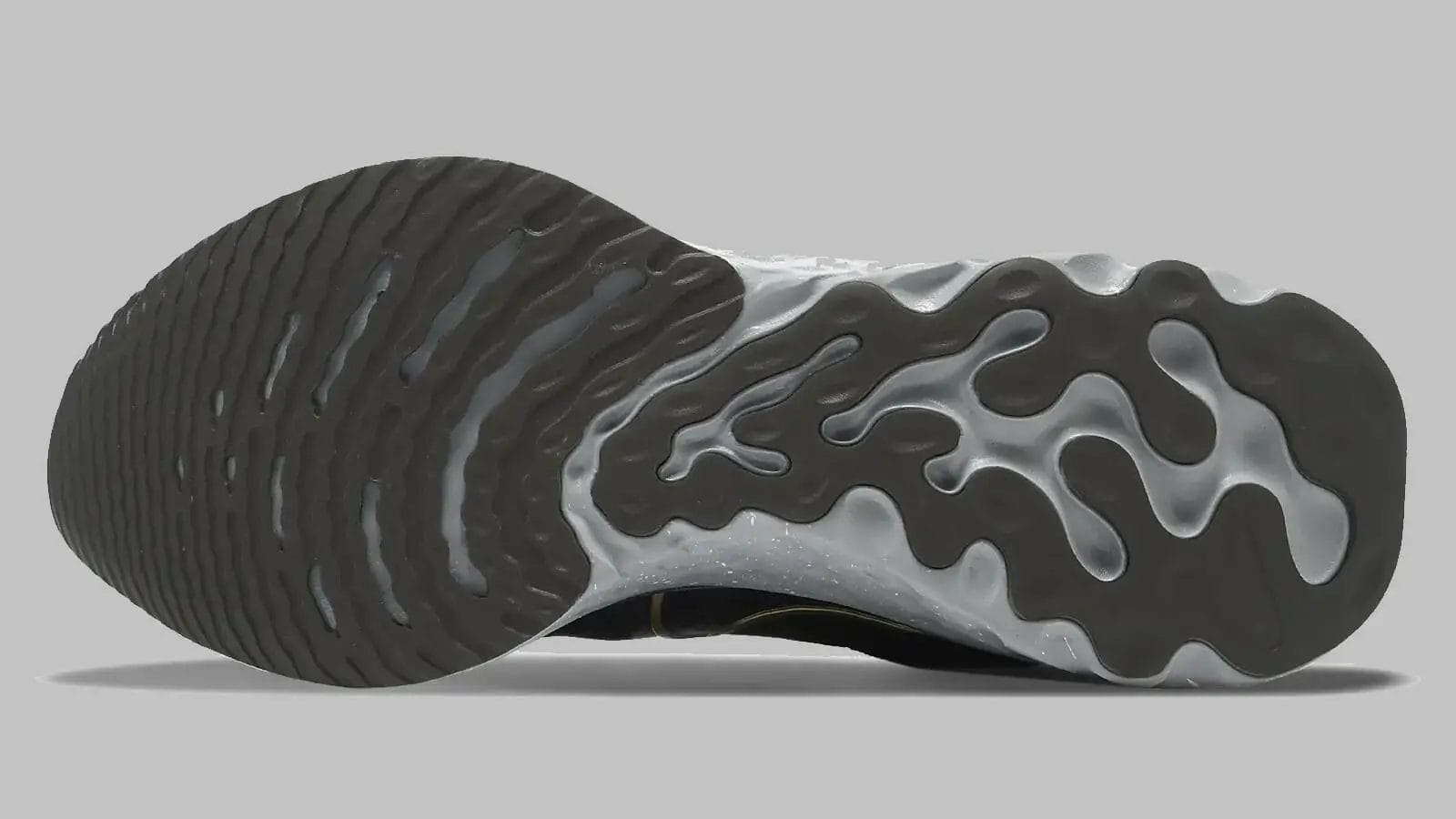
Feature Overview
The React Infinity Run Flyknit 2 weighs 10.7 oz (for Men's size 10), putting it on the heavier side. However, it doesn't feel heavy when running. It rides like a much lighter shoe, like a 8 ounce shoe from our experience. It also has Nike's React foam, which everybody is in love with. It's springy, light, nice, and a pleasure to run long distances in.
In addition to the React foam midsole, there is a nice, tough rubber cover over the entire outsole. It's really tough, and even after putting 200-250 miles into them, it was completely solid and not worn down to nothing like you see in some running shoes.
Further, the React Infinity Run Flyknit 2 is a big shoe. It has a 30mm heel and 22mm forefoot for an 8mm heel-to-toe drop. That is right around the maximum drop we would recommend for newer runners (since newer runners tend to do better as their lower leg strength is developing with a more neutral, lower drop, type of shoe). So, that puts it in sort of the sweet spot as a shoe that can work for newer runners, but is also definitely a go-to option for more experienced runners, particularly if they are having problems with plantar fasciitis or other foot conditions which might make them more prone to injury.
Comparison: Nike React Infinity Run Flyknit 2 vs. Infinity Run Flyknit 1
What's Changed?
Fit.
This was an obvious issue Nike needed to address. After the release of the Nike React Infinity Run v1, many people complained about the sock construction of the upper. This allowed the heel to slip while running, which no one wants. The heel slippage was worse in this case since the cushioning, stability, and motion control features of the shoe indicate it targets people with foot problems. A locked down heel is critical for conditions like plantar fasciitis as this aggravates the condition.
Hence, the Nike React Infinity Run Flyknit 2 kep the accommodating width, but ditched sock like construction and went for a well-padded rear portion, flywire lace loops that extend down the foot and connect to the midsole. There's also a plush collar around the heel to improve comfort and lock the shoe down. This is a critical improvement for runners with plantar fasciitis, other foot problems, or with flat feet. This makes the Nike React Infinity Run Flyknit 2 a huge upgrade on version 1.
Materials.
While the upper on both the Nike React Infinity Run Flyknit 2 and Infinity Run 1 use Nike's Flyknit material, the upper on the Infinity Run 2 features more padding on the collar and the tongue. This addresses some complaints about the lack of padding in the original version.
We appreciate the additional padding, but are glad Nike stuck with the Flyknit upper. The shoe still has a roomy toe box and the stretchy Flyknit material allows plenty of movement. It also accommodates any foot irregularities or bunions.
The Flyknit material also breathes exceptionally well even with the extra padding. This helps keep your feet dry, and makes the Nike React Infinity Run Flyknit 2 a good choice for summer or other warmer running conditions.
Weight.
Using a Men's size 10 for references, the Nike React Infinity Run Flyknit 2 weighs in at 10.7 ounces versus the 10.3 ounces of its predecessor. The extra padding, and some of the beefier construction account for the additional weight. We think it's well worth it, as this is an everyday running shoe. The extra comfort you get will more than make up for that half an ounce.
What's the Same?
Traction.
The outsole design and materials are identical. The full toe-to-heel coverage with various grooves and patterning remain. We had no issue with the outsole or traction on the first version, so are perfectly happy to see it remain consistent with this version.
Cushion.
A Nike React foam midsole runs the full length of the Infinity Run 2 just as it did in the Infinity Run 1. Again, it it ain't broke, don't fix it. This full length midsole cushioning was a standout feature of the Infinity Run when Nike introduced it. It makes for a smooth, comfortable ride and is a primary reason we recommend this shoe to runners with flat feet and with plantar fasciitis.
Geometry: Rock on.
The Nike React Infinity Run Flyknit 2 continues to feature the subtle rocker geometry of the Infinity Run 1. This allows a super smooth transition from heel to toe. We wouldn't go so far as to say this is going to feel like a Vaporfly Next 2, but you might notice some similarities. The one possibly controversial holdover is the arch support. There's a beefy arch support in the Nike React Infinity Run Flyknit 2 that some people don't like. Of course, it's the selling point for others. Again, this arch support is a reason we recommend this shoe for runners with some foot conditions. If a heavy arch support feature bothers you, then take note.
Offset.
Nothing spectacular here. The 9mm offset of the Infinity Run 1 remains the same for the Infinity Run 2.
Support.
The Nike React Infinity Run Flyknit 2 retains the TPU clip and wide midsole of the Infinity Run 1. The TPU heel clip goes from the midfoot to the heel and to the medial side of the shoe. Since the Infinity Run 2 features more padding in the upper, the clip is less noticeable in this iteration of the Infinity Run.
Price.
Yup, it's still expensive. One day we'll write one of these and Nike will have cut all it's shoe prices in half. But today is not that day. We do think the durability in these provide a reasonable value proposition though.
Nike React Infinity Run Flyknit 2: What's It Good For?
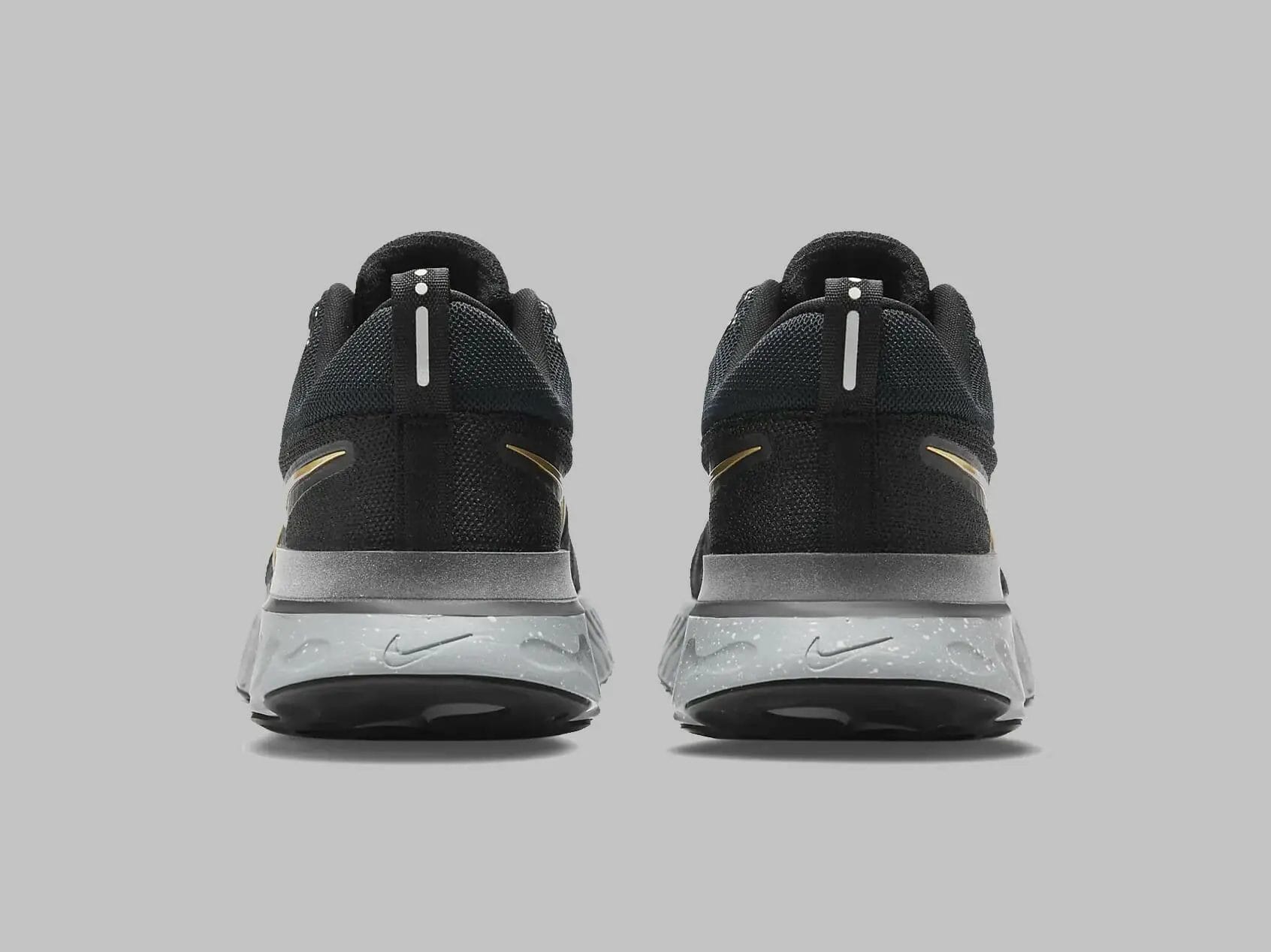
This is an everyday trainer, no doubt. The slightly heavier weight of 10.7 ounces, coupled with the tough rubber cladding on the outsole make it pretty clear that this is meant for day-in, day-out long-distance road running. The Flyknit upper should help keep your feet cool, and mostly takes this shoe out of the running for off-road or trail running.
Part of what we here at ShoeGuide liked so much about the Infinity Run was that it was an unapolagetic daily trainer, but it still had a bit of pop to it. So many daily use shoes tend to be, well, a bit boring. You put them on and almost before your feet hit the ground you are already mentally into the slog of a long, dull training run that is more about logging some miles than any real joy. While we wouldn't say these Nike's are speedsters, they do have some zap to them.
A lot of that comes down to the React midsole, which we've already mentioned briefly. This beefed up midsole is very soft, making it particularly useful for long-distances at moderate speeds. It is not a racing shoe, and really isn't ideal for twists, turns, and hills.
It is absolutely perfect for provide cushioning and comfort at a relaxed pace on long, mostly straight runs. This is another reason why we think it's ideal for those trying to get some running in with plantar fasciitis. You don't want to be doing anything too fancy, just logging miles to build up some foot strength and promote healing. That's what the Nike React Infinity Run Flyknit 2 excels at.
Highlights and the Ride Experience
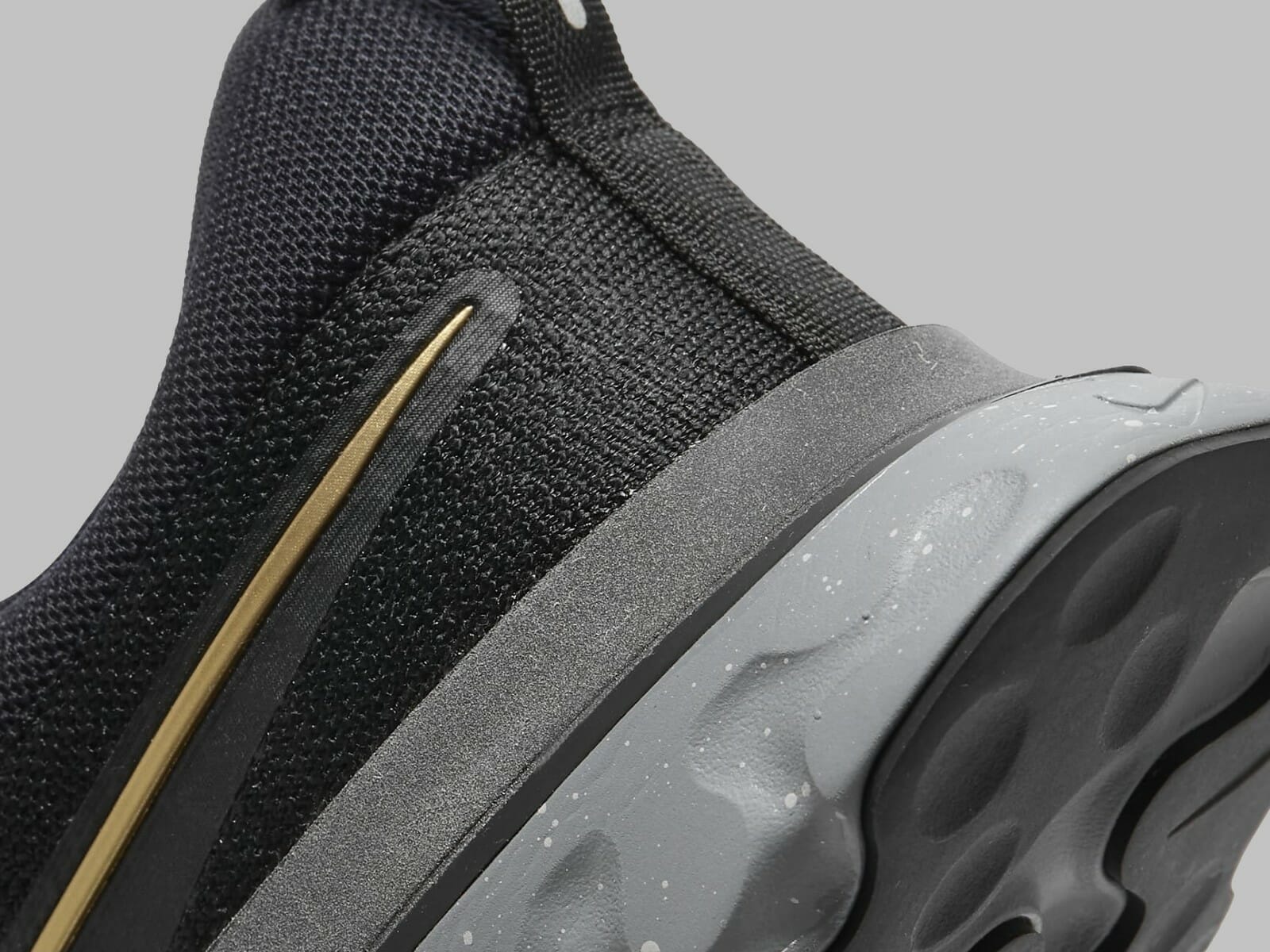
The materials and overall appearance of the React Infinity Run Flyknit 2 is similar to the Epic React, maybe a "beefed up" Epic React is a good way to describe it. However, the similarities don't really extend all that much farther.
While both shoes have Nike's React midsole, the version in the React Infinity Run 2 is not made from the same foam as the Epic React or in the lower midsole of the Nike Zoom Pegasus Turbo 2. The foam used in the midsole of the Infinity Run has a lower density, providing a softer ride. In addition to the softer ride, the midsole is also provide deep cushioning.
Other than the sheer size of the midsole, one of the first things you might notice when looking at the Infinity Run 2 is the flare all around the outsole. The midfoot is flared, the heel is flared. There are really two reasons for this: increasing the volume of foam underfoot so that the shoe creates greater cushioning depth, and to create greater proprioception as you're landing. That's just a fancy way of saying that the wider base increases your awareness of where your body is in space and where your feet are. This way you get a firm foot plant on the ground and a more firm foot bedding on every single foot strike.
Because of all of this, rather than calling this a stability shoe, we might be tempted to call it a maximum cushioning running shoe. It really does make long runs much easier on the feet, heels, knees and legs.
Pros and Cons of the Nike React Infinity Run Flyknit 2
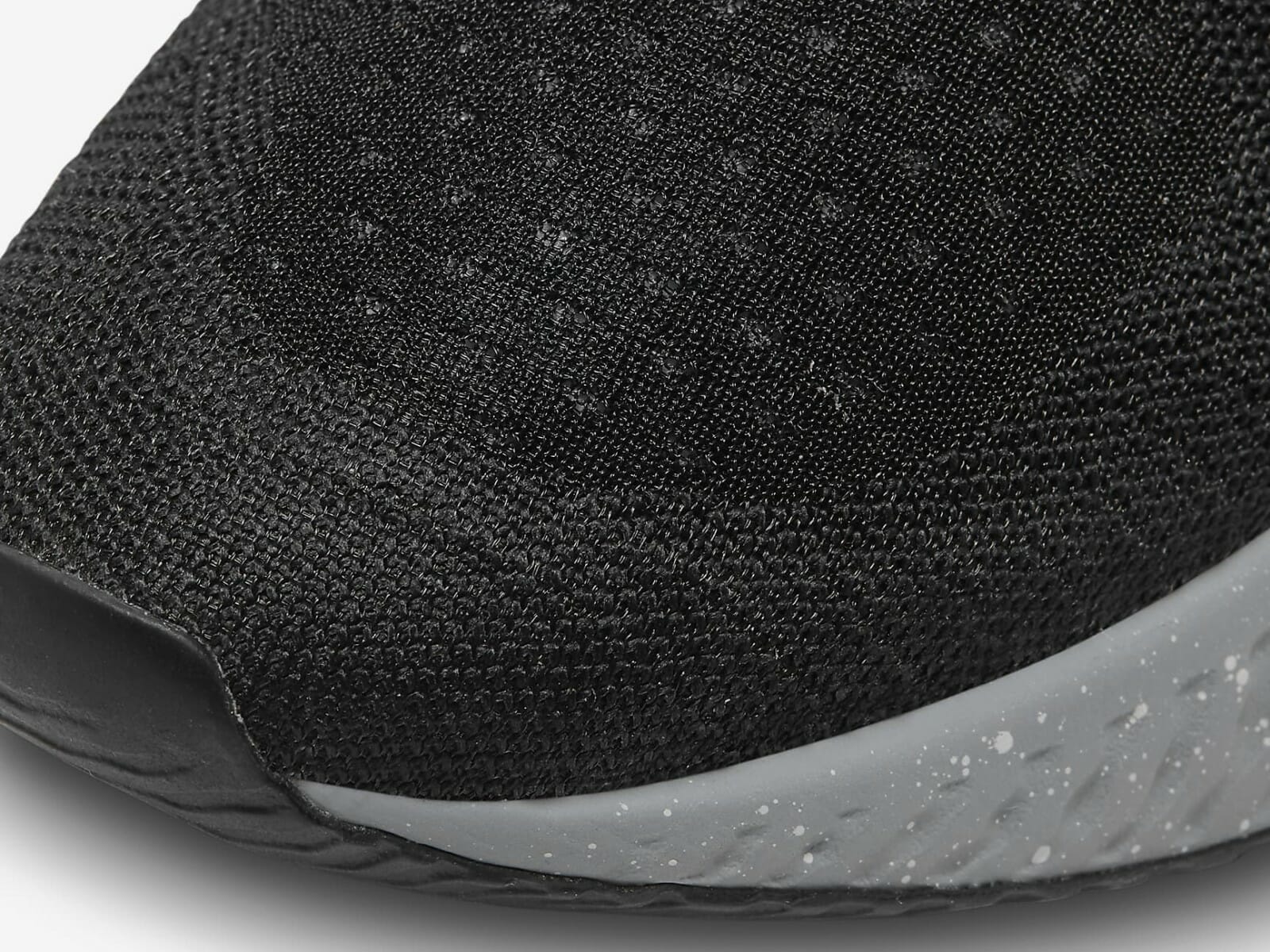
We've said a lot of nice things about the Nike React Infinity Run Flyknit so far. However, with any running shoe there are going to be pros and cons. Some of these may apply to you, some may not. Here's our quick run down, bullet point formatted list of things to watch out for or features that might be particularly helpful for your running.
Pros
- The React Midsole. Everyone loves it, we love, you'll probably love it. We've already talked a lot about the softer React foam in the Infinity Run (as compared to the Turbo 2 or the Epic React), and we've talked about the faster than usual feel from a daily trainer.
- Stability. Well, this appears to now be the flagship stability running shoe in Nike's line up, so it better do a good job on stability! This is also where the Infinity Run really stands out from the Nike Epic React. The flaired out heel and sole provides a lot of lateral stability, and while the foam is very cushioning it avoids the problem some max-cushioning shoes have of letting your foot get lost in the foam. (This is the problem we always have with Hoka's.)
- Improved Fit. This has been a struggle for Nike of late. Many runners haven't been on board with the fit of the flyknit uppers in the midfoot. One of the primary goals of the React Infinity was to improve this aspect of the shoe, and we think they've made big strides. The flyknit upper is much tighter and holds your foot much better than on something like the Epic. The heel fit has also come a long way.
Cons
- The Fit. Yeah, we know, we just listed "improved fit" as one of the pros of the React Infinity Run. Well, "improved fit" doesn't necessarily mean it is up to where it could be yet. There is very little structure around the ankle, so if you want a supported ankle area, this shoe is not for you. When going around turns or engaging in any sort of lateral movement within the shoe, you're going to get some movement in your foot because the flyknit is so stretchy. There is no additional webbing material over the midfoot that you see in a lot of running and training shoes that help provide extra structure in the midfoot.
- Marketing. We just can't quite believe the claims Nike is making here about reducing injuries by 52%. I mean, if true, that is just huge. Orthopaedic surgeons are going to be going out of business! Of course, if you read closely that isn't quite the claim they are making. They are saying they did a study (which only lasted 12 weeks) and that the number of runs missed dropped compared to the Structure 22. So, we're still skeptical, and their study may just mean the Structure 22 was a terrible shoe!
- Weight. This is not a lightweight running shoe, and it is not a racing shoe. Of course, that isn't what it was designed for. It's meant to be a long-lasting, heavily cushioned, daily trainer for long-distance road running. While we think the ride feels like a lighter shoe, the fact remains that the Infininty Run is on the heavy side compared to other running shoes in this price range.
Last Words on the Nike React Infinity Run Flyknit 2
To be honest, we like the single-mindedness here. Nike didn't try to create a shoe that would do everything for everyone. They set out to create a daily trainer, made for the road, with the specific goal of reducing injuries and providing a soft, comfortable ride. When you limit the number of things you're trying to accomplish with a product, you can accomplish those things in a better, more comprehensive way.
You can check out prices, more reviews, videos, etc., at these retailers that carry the Infinity Run 2.
Available for Men
Available for Women


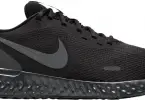
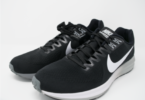
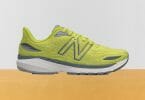
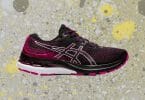
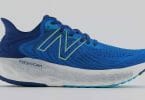

Leave a Comment